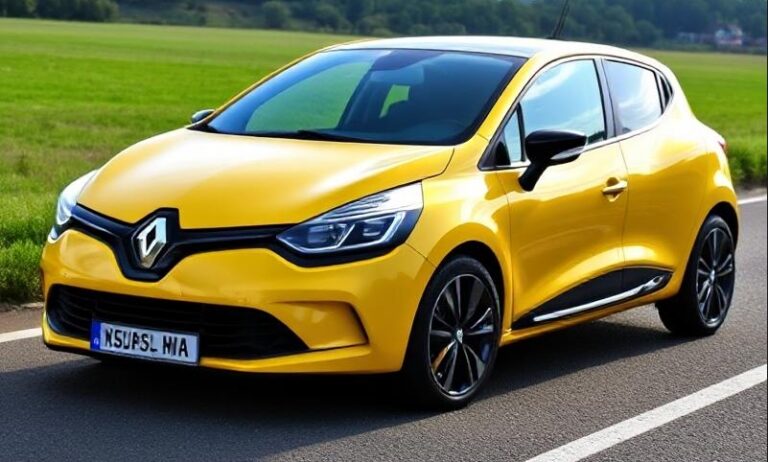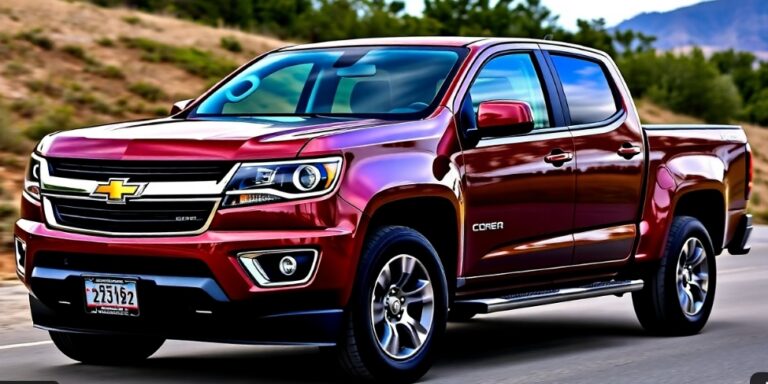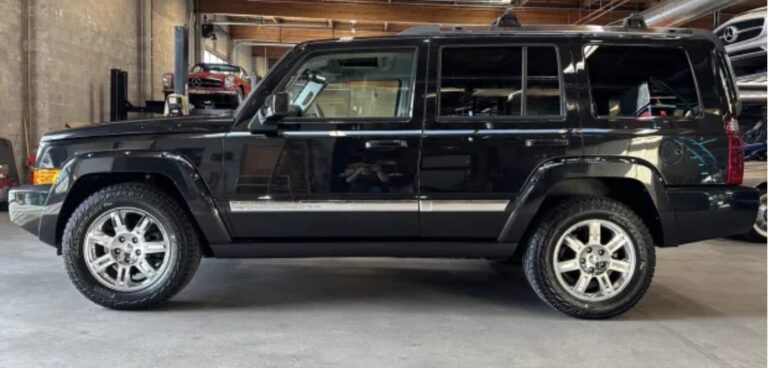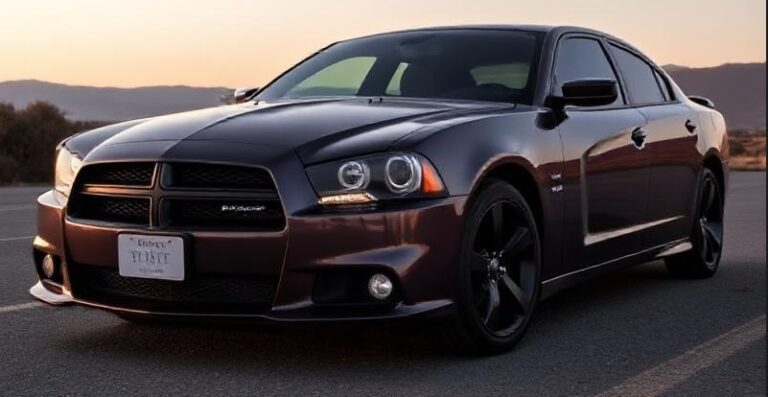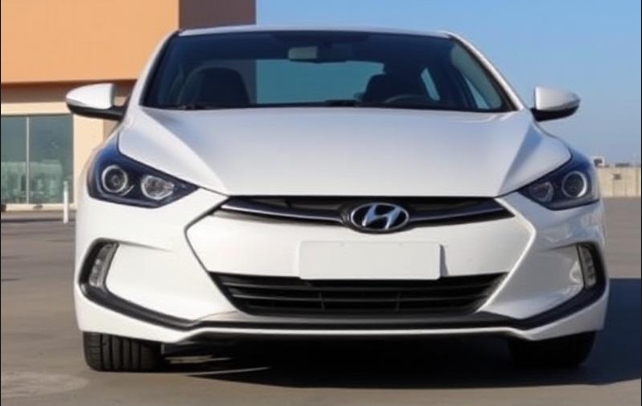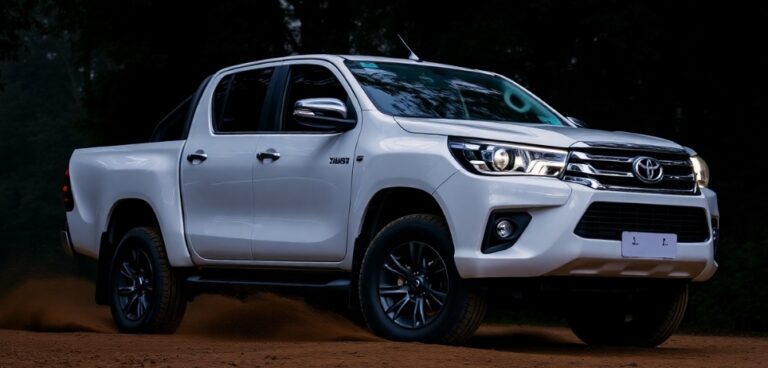The Evolution of the Chevrolet Captiva
The Chevrolet Captiva has been a notable nameplate within Chevrolet’s global SUV lineup, representing an era of compact to mid-size crossover vehicles designed to appeal to a broad spectrum of consumers seeking versatility, style, and practicality. Since its inception, the Captiva has undergone significant transformations in design, engineering, and market positioning. This article provides a detailed, factual account of the Chevrolet Captiva’s evolution, covering its production years, models, trim levels, and notable features across different markets.
Origins and Introduction (2006–2011)
Launch and Initial Market Presence
The Chevrolet Captiva was first introduced in 2006. Its development was primarily a joint effort between General Motors (GM) and its Korean subsidiary, GM Daewoo. The vehicle was based on the GM Gamma platform, shared with other GM models, and was designed to fill the growing demand for compact SUVs.
Design and Features
The initial models of the Captiva featured a contemporary SUV design with a focus on practicality and comfort. It was offered as a five-door SUV with seating configurations typically for five passengers, with some markets offering a seven-passenger version.
Models and Trim Levels
In its launch phase, the 2006–2011 Captiva was available in several trims, varying by region:
- LS: Basic trim with essential features, manual transmission options, and standard interior amenities.
- LT: Offered additional features such as upgraded interior materials, power accessories, and optional automatic transmission.
- LTZ: The top-tier trim in many markets, including features like leather upholstery, upgraded audio systems, alloy wheels, and additional safety features.
Powertrain Options
The early Captiva models primarily offered:
- A 2.4-liter inline-4 petrol engine producing approximately 136-143 horsepower.
- A 2.0-liter turbocharged diesel engine in some markets.
- Transmission options included 5-speed manual, 4-speed automatic, and later a 6-speed automatic in certain regions.
Mid-Cycle Refresh and Continued Production (2012–2015)
Facelift and Updates
In 2012, Chevrolet introduced a mid-cycle refresh for the Captiva. The update included subtle exterior styling changes—such as revised front grille and bumper designs—and improvements to interior quality and technology.
Model Variants and Trim Levels
Post-refresh models maintained the same basic trim hierarchy but often added new features or packages:
- LS: Retained as the base model with standard features.
- LT: Gained additional options like Bluetooth connectivity, cruise control, and alloy wheels.
- LTZ/LTZ Plus: Introduced in certain markets, offering premium features such as leather seats, parking sensors, and a premium audio system.
Engine and Transmission Updates
Engine options remained largely consistent, with some markets receiving updated diesel engines meeting new emissions standards:
- A 2.4-liter petrol engine.
- A 2.0-liter turbo diesel engine, often with improved fuel efficiency.
- Transmission options varied, with some markets offering a 6-speed manual or 6-speed automatic.
Market-Specific Variants
By this period, the Captiva was sold in multiple regions, including Asia, Australia, Latin America, and parts of Eastern Europe. Each market often had tailored trim packages and engine offerings to suit local preferences.
Discontinuation and Replacement (2016–2018)
Phasing Out
Chevrolet officially discontinued the Captiva in several markets between 2016 and 2018, primarily due to shifting market demands, tightening emissions standards, and the introduction of newer models.
Reasons for Discontinuation
- Increasing competition from other compact SUVs.
- The global strategy shift toward SUVs and crossovers with more advanced platforms.
- The model’s aging design and platform, which lagged behind newer offerings.
Market-Specific Notes
In some regions like Australia, the Captiva remained available until 2018, with final models featuring minor updates. In contrast, markets like China continued to receive Captiva variants for longer periods, often under local joint ventures.
The GM Equinox and Global Strategy Shift
Following the discontinuation of the Captiva, GM shifted towards the Chevrolet Equinox in many markets. The newer Equinox, built on the E2 platform, provided a more modern, efficient, and globally unified SUV offering, aligning with GM’s global SUV strategy.
The Revival and Reintroduction of the Captiva (2020 Onward)
Reintroduction in Some Markets
In 2020, Chevrolet reintroduced the Captiva in select markets, notably in Southeast Asia and South America. This new generation of the Captiva was built on a different platform and was positioned as a more modern, feature-rich SUV.
Design and Features
The new Captiva adopted contemporary styling cues, with a focus on technology, comfort, and safety. It featured:
- A sleek exterior design with LED lighting.
- A spacious, modern interior with advanced infotainment systems.
- Multiple engine options, including turbocharged petrol engines and, in some markets, hybrid variants.
Models and Trim Levels
The reintroduced Captiva typically offers:
- LS or Base: Entry-level trim with essential features.
- LT: Adds larger infotainment screens, alloy wheels, and additional safety features.
- Premier or Top Trim: Offers leather seats, premium audio, advanced driver-assistance systems, and panoramic sunroof options.
Powertrain Options
Depending on the market, the new Captiva offers:
- 1.5-liter turbocharged petrol engine.
- 1.5-liter turbo diesel engine.
- Mild-hybrid systems in some variants to meet fuel efficiency and emissions standards.
Global Presence and Variations
Throughout its production history, the Chevrolet Captiva has been a globally versatile model, with variations tailored to regional preferences and regulations.
- Asia: The Captiva was a popular model, with local manufacturing in South Korea, China, and Thailand.
- Australia: Sold from 2006 until 2018, the Captiva was a common sight on roads, with a reputation for practicality.
- Latin America: The model was marketed as a compact SUV with diverse trims.
- Europe: The Captiva was available in select countries, often with diesel engines and manual transmissions.
.
Many car aficionados have multiple hobbies, like boating as well as auto stuff. Those who don’t already own a boat (and even some that do), may have thought about building their own boats. It’s really not as hard as you’d think. Just take a look at these easy boat building plans!

.
Summary of Key Model Years and Features
| Year Range | Notable Features & Changes | Engine Options | Notable Trims |
|---|---|---|---|
| 2006–2011 | Launch, basic trims, initial design | 2.4L petrol, 2.0L turbo diesel | LS, LT, LTZ |
| 2012–2015 | Facelift, technology upgrades | 2.4L petrol, 2.0L turbo diesel | LS, LT, LTZ/Plus |
| 2016–2018 | Discontinuation in many markets | Same engines, minor updates | Final models in some regions |
| 2020+ | Reintroduction with modern styling | 1.5L turbo petrol/diesel, hybrid options | Base, LT, Premier |
Conclusion
The Chevrolet Captiva’s journey reflects the broader trends in the automotive industry over the past two decades, from its origins as a practical, affordable SUV to a more modern, technology-laden vehicle in its latest iteration. Its evolution demonstrates GM’s efforts to adapt to changing consumer preferences, emissions standards, and global market demands.
While the Captiva’s production has been phased out in many regions, its legacy remains as a versatile compact SUV that helped define Chevrolet’s presence in the global crossover segment. The recent reintroduction of the Captiva signals GM’s continued commitment to maintaining a diverse SUV lineup, blending modern design with technological innovation.
Note: The specifics of trim levels and engine options can vary significantly by country and year.


